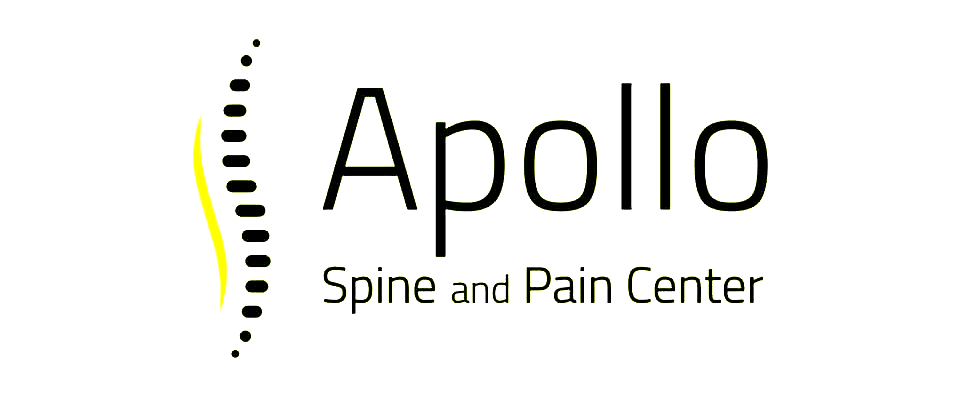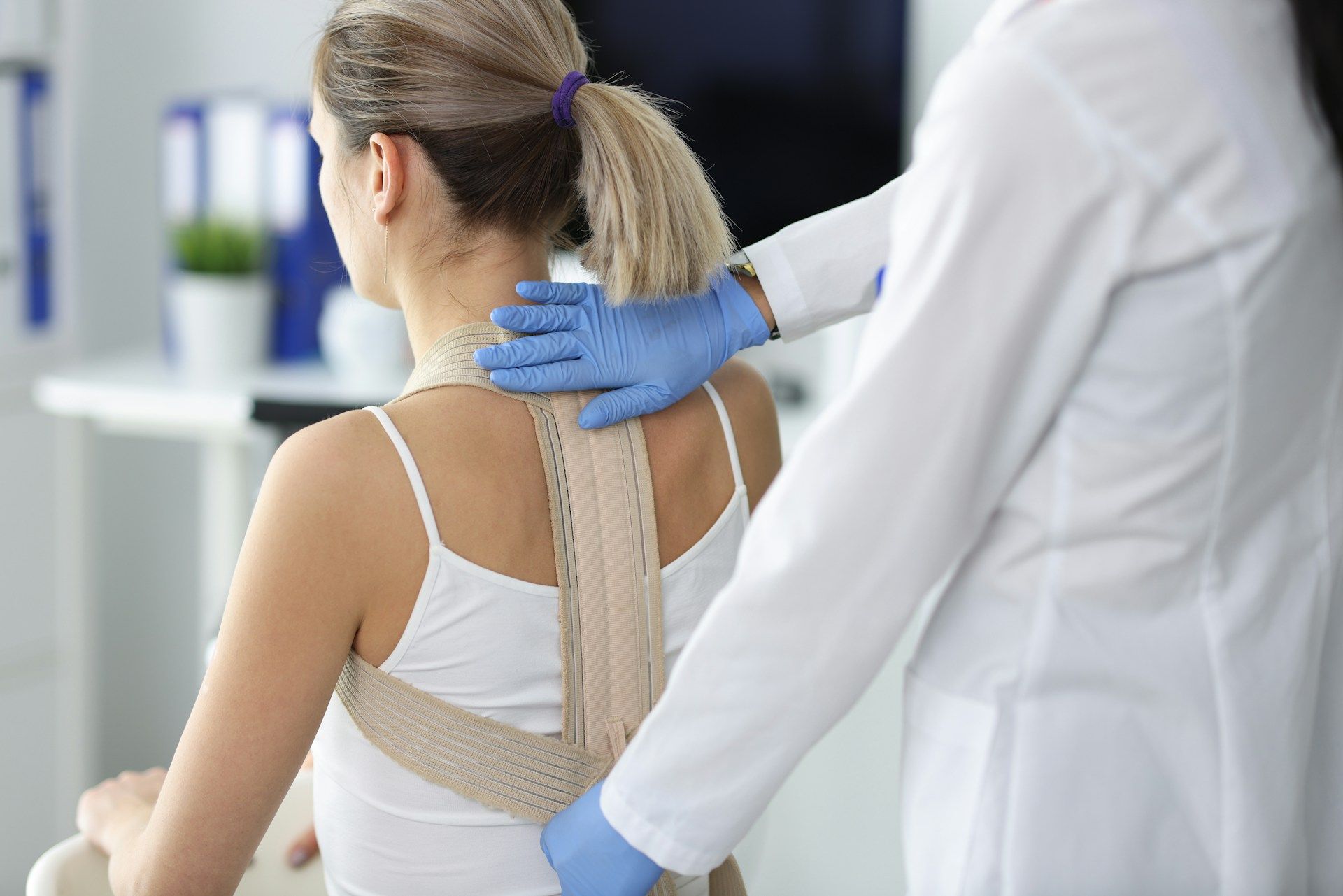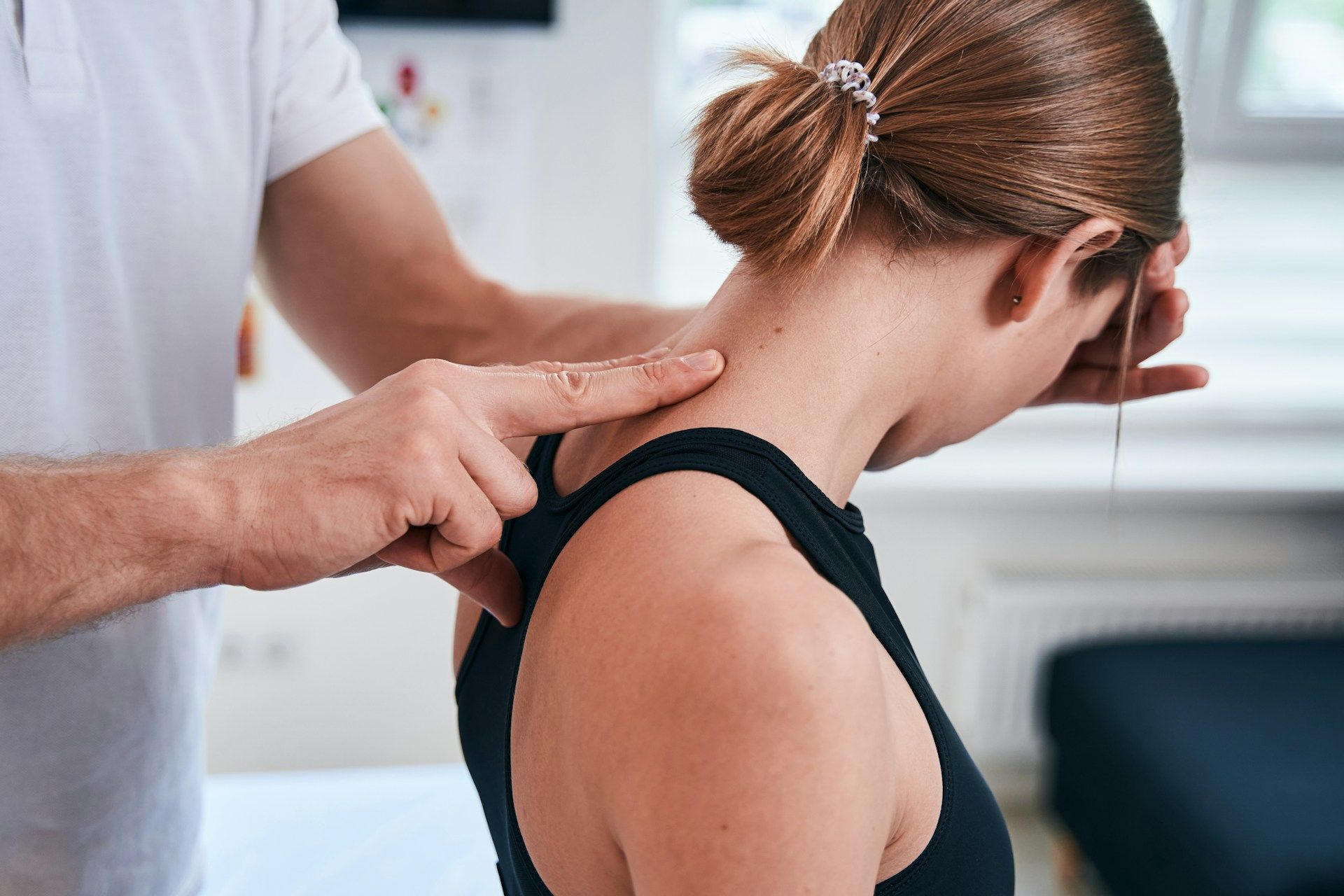Healing Sports Injuries with PRP Therapy
Sports can be a lot of fun, but they also come with the risk of injuries. Whether you're a professional athlete or someone who enjoys weekend games, injuries can sideline you and impact your quality of life. Common sports injuries like sprains, strains, and tendonitis can be painful and take a long time to heal.
That’s where PRP therapy comes in. In this article, we'll dive into what PRP therapy is, the types of sports injuries it can treat, how the procedure works, and why it could be a great option for athletes like you.
What Is PRP Therapy?
PRP therapy stands for Platelet-Rich Plasma therapy. It is a medical treatment that uses a small amount of your own blood to promote healing in injured areas. The process begins by drawing a small sample of blood from your arm. This blood is then placed in a special machine called a centrifuge. The centrifuge spins the blood at high speeds to separate its components. This separation process creates a concentration of platelets, which are tiny blood cells that help heal injuries.
The magic of PRP therapy lies in these platelets. Platelets contain many growth factors that can speed up the healing process. When the concentrated platelets are injected back into the injured area, they release these growth factors, which help repair damaged tissues and reduce inflammation. This makes PRP therapy a powerful tool for treating various types of injuries, especially those related to sports.
PRP therapy is considered safe because it uses your own blood, reducing the risk of allergic reactions or infections. It is gaining popularity among athletes and active individuals for its ability to help heal injuries faster and more effectively. Whether it’s a muscle tear or a tendon injury, PRP therapy offers a promising solution for quicker recovery.
Common Sports Injuries Treated with PRP Therapy
Many sports injuries can benefit from PRP therapy. Here are some of the most common ones:
Tendon Injuries: Tendon injuries, like tennis elbow or jumper’s knee, are common in athletes. These injuries occur when tendons become inflamed or damaged due to overuse. PRP therapy can help speed up the healing process by boosting the body's natural repair mechanisms.
Muscle Strains: Muscle strains, or pulled muscles, can happen in almost any sport. This occurs when a muscle is stretched too far and tears. PRP therapy can help repair the torn muscle fibers and reduce pain, allowing athletes to get back to their activities sooner.
Ligament Injuries: Ligament injuries, like sprained ankles or ACL tears, are often seen in contact sports and activities that involve sudden changes in direction. Injecting PRP into the injured ligament can help heal the tissue and strengthen it, reducing the risk of future injuries.
Joint Injuries: PRP therapy can also help treat joint injuries, including arthritis and cartilage damage. By reducing inflammation and promoting tissue repair, PRP injections can improve joint function and reduce pain.
These are just a few examples of how PRP therapy can be used to treat sports injuries. It's a versatile treatment option that can help athletes of all levels recover faster and get back to doing what they love.
How PRP Therapy Works: The Procedure
PRP therapy starts with a simple blood draw. A small amount of your blood is taken, usually from your arm. The blood is then placed into a machine called a centrifuge. This machine spins really fast and separates the blood into its different parts. It separates the red blood cells, white blood cells, and plasma. The plasma is the part that contains platelets, which are full of growth factors. These growth factors are what help heal injuries.
Once the PRP is ready, it is carefully injected into the area that needs healing. For example, if you have a knee injury, the PRP will be injected directly into your knee. Doctors use imaging tools like ultrasound to guide the needle to the exact spot. This makes sure the PRP goes where it is needed most.
The entire procedure doesn’t take very long and is usually done in a doctor's office. Patients may feel some discomfort, but it is generally well-tolerated. After the injection, you might feel some soreness in the treated area for a day or two.
This is normal and usually goes away quickly. The healing process begins almost immediately, and many people start to notice improvement within a few weeks. Multiple sessions might be needed, depending on the severity of the injury.
Benefits of PRP Therapy for Athletes
PRP therapy offers several benefits for athletes trying to recover from injuries. Here are some of the key advantages:
Faster Healing: Because PRP is rich in growth factors, it can speed up the body's natural healing process. This means you could get back to your sport sooner than if you relied on rest and traditional treatments alone.
Reduced Pain: The growth factors in PRP help reduce inflammation and pain in the injured area. This makes it easier to move and exercise without discomfort.
Less Need for Medications: Since PRP therapy helps your body heal itself, you may not need as many painkillers or anti-inflammatory medications. This can be a big plus for those looking to avoid the side effects of these drugs.
Improved Functionality: PRP therapy can help restore function to the injured area. Whether it's a torn tendon or a strained muscle, the treatment aims to bring you back to your peak performance level.
Natural Treatment Option: PRP uses your own blood, so there is a lower risk of allergic reactions or infections compared to other treatments. This makes it a safer option for many people.
Conclusion
Healing sports injuries can often be a challenging and lengthy process. Traditional treatments may take a long time and may not always provide the desired results. That’s why PRP therapy stands out as a promising alternative.
It uses your body's own healing mechanisms to speed up recovery and reduce pain. Whether you are dealing with a tendon injury, muscle strain, or joint issue, PRP therapy can help you get back in the game more quickly.
If you're struggling with a sports injury and looking for an effective treatment option, consider exploring PRP pain management therapy. At Apollo Spine and Pain Center, our skilled team is ready to help you through every step of the process. Contact us today to learn more and take the first step towards effective pain relief and improved performance.












